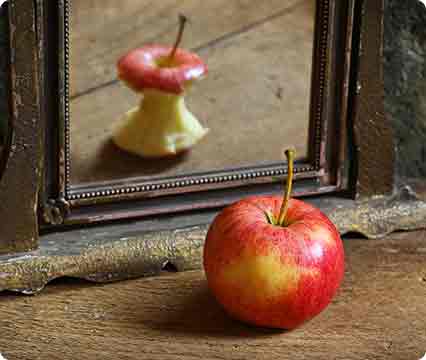Food intake in response to food-cue exposure
The objective of this 2012 study was to examine whether the impact of olfactory (relating to sense of smell) food cue exposure on young women’s food intake is moderated by the duration of the cue exposure and trait impulsivity. This study was designed as a 2×2 between-participants trial, meaning that each subject would experience 4 conditions varying in food cue exposure (baked cookie smell or no smell) and duration of cue exposure (short- or long- term). The 109 normal-weight women who took part were assessed on food consumption during a bogus taste-test, and tested on several saliva measures during the cue encounter. The results demonstrated that low-impulsive females ate more food when faced with an olfactory food cue, whereas no significant difference was detected among the high-impulsive women who experienced the same food cue. The evidence indicated that the subjects’ food consumption were not influenced by the duration of the cue exposure, but moderated by impulsivity, and not by saliva flow. Larsen et al. state that the findings may be explained by the lack of instructions communicated to the women to focus on the food cue. The research ultimately uncovered that individuals who are normally well-controlled are susceptible to the power of less explicit olfactory food cues. [NPID: perception, olfactory, food cue, trait impulsivity, food odor, impulsivity]
Year: 2012
 Navigation
Navigation






